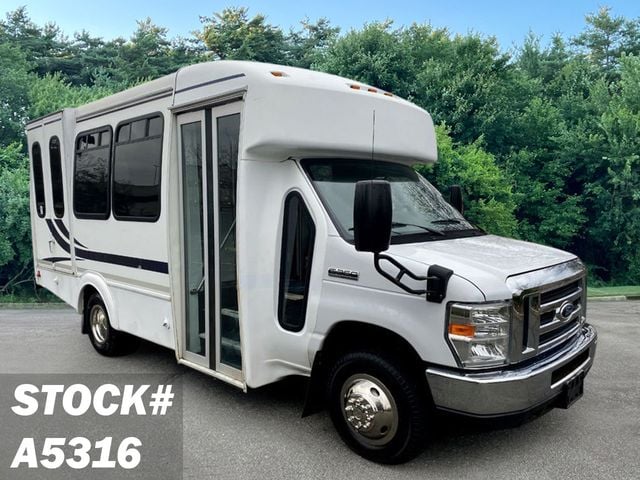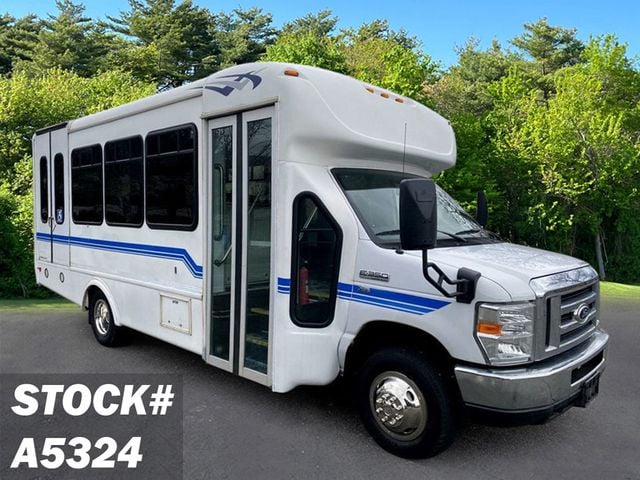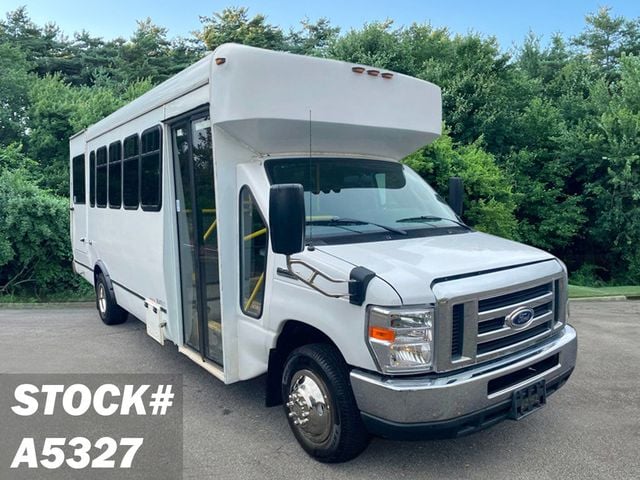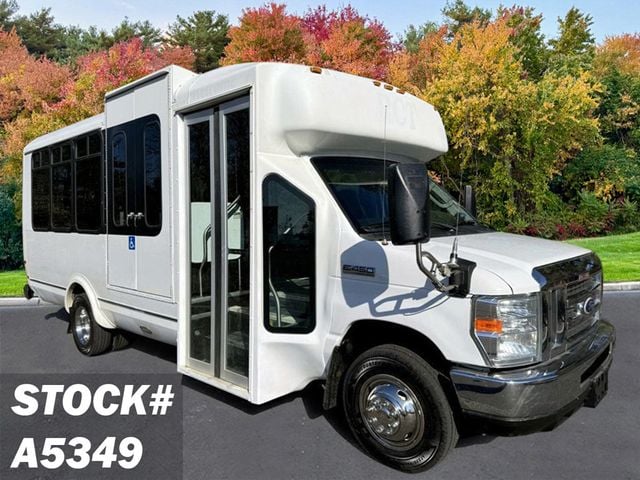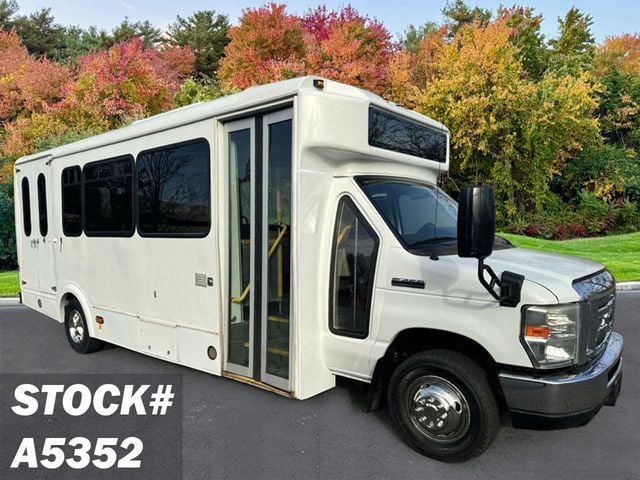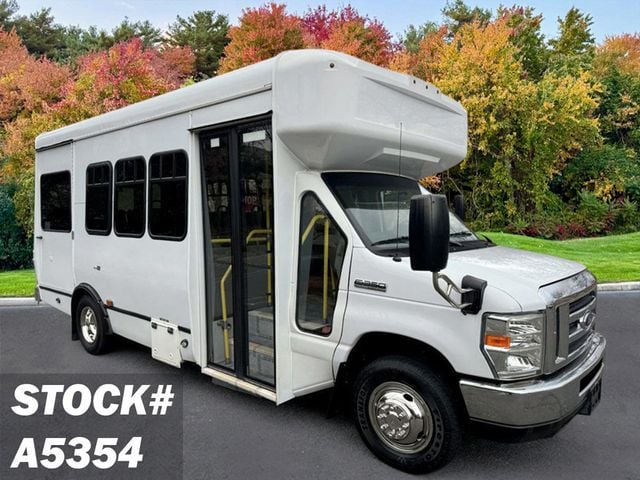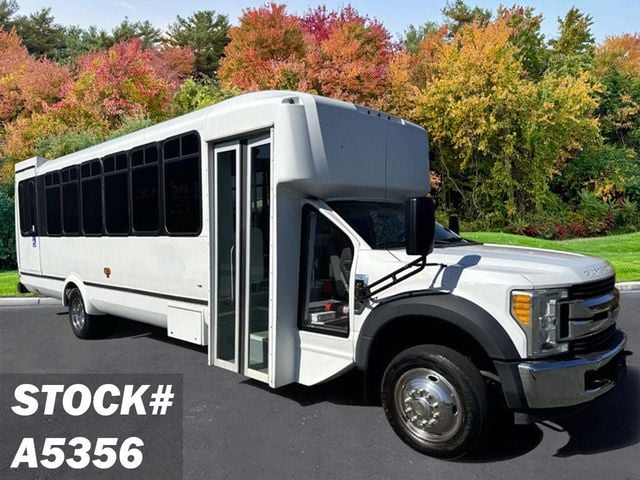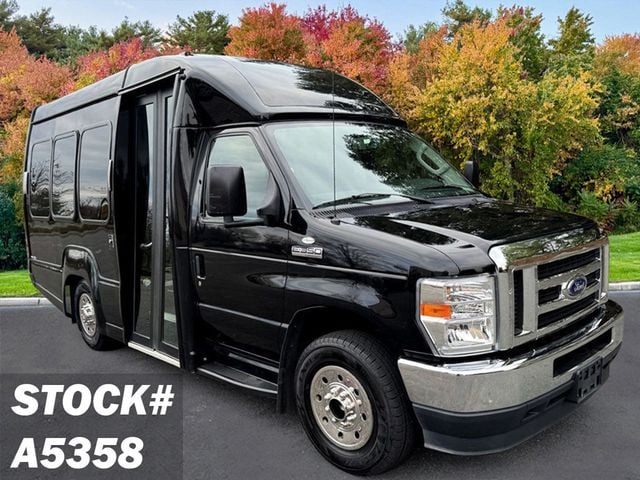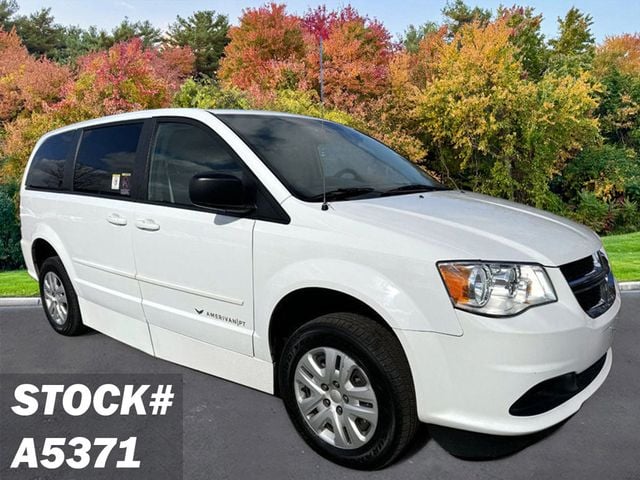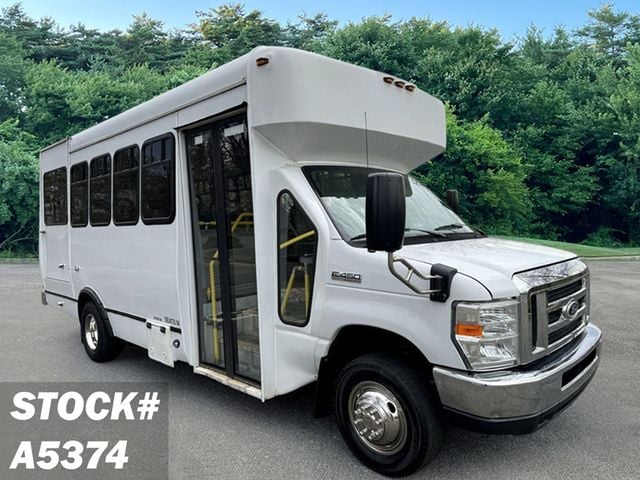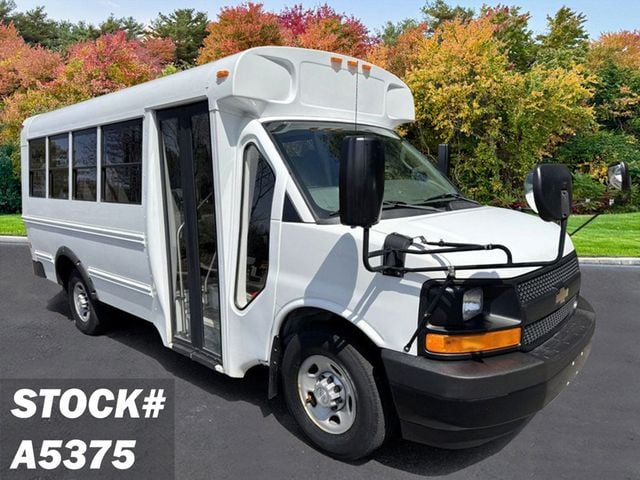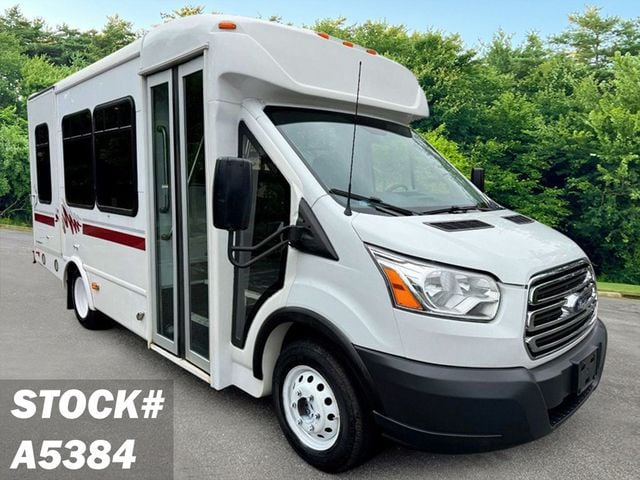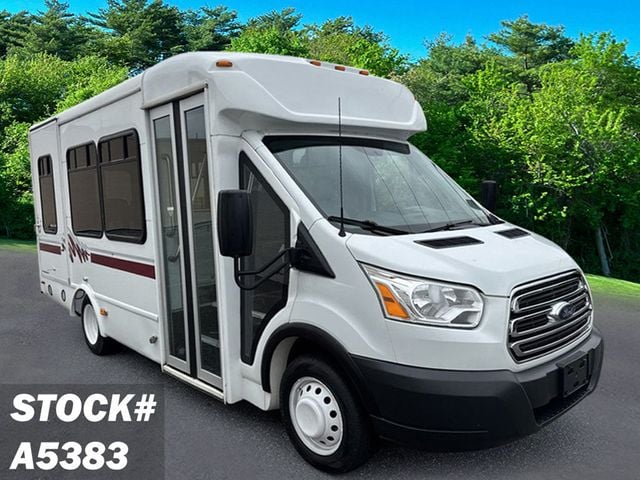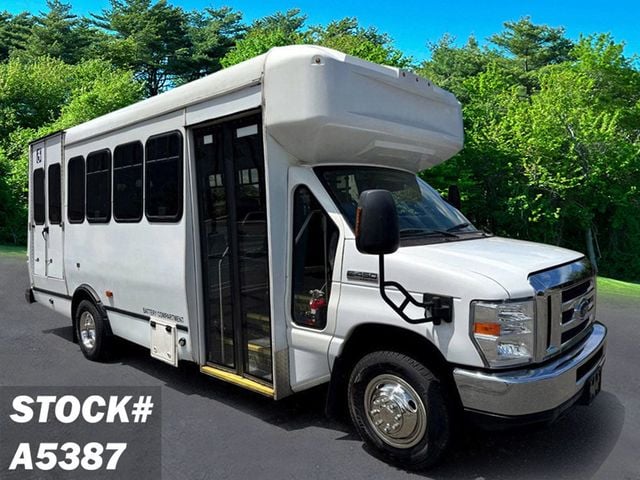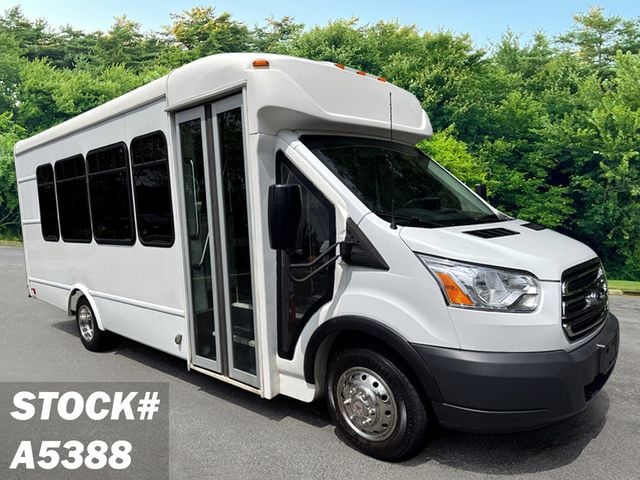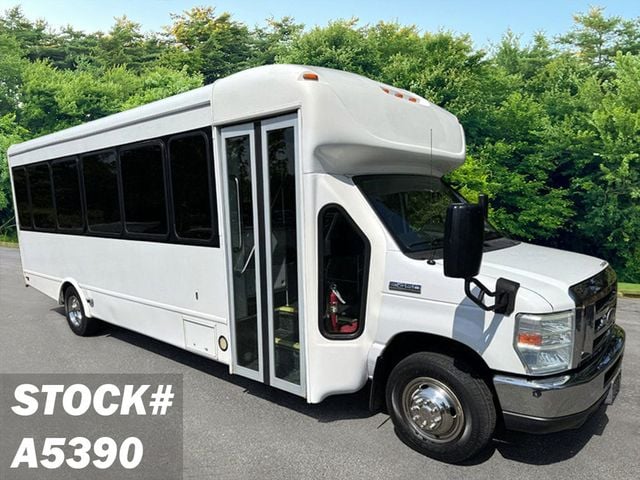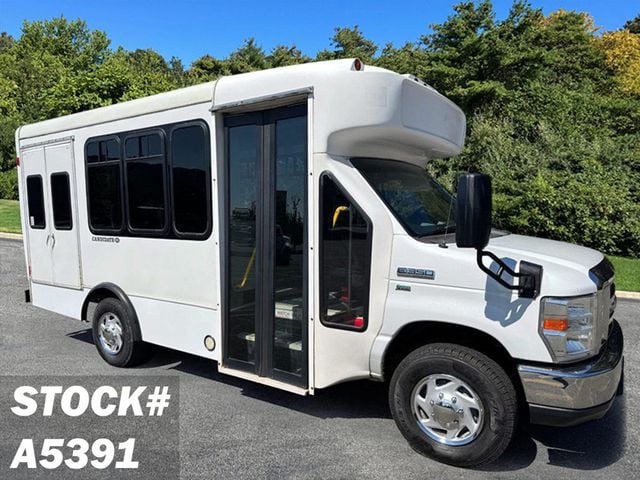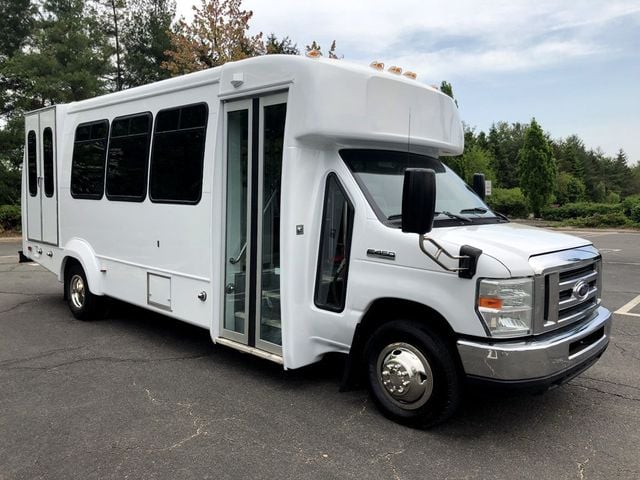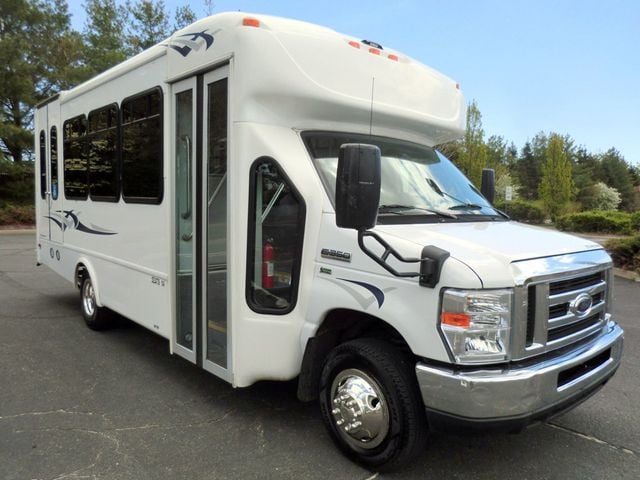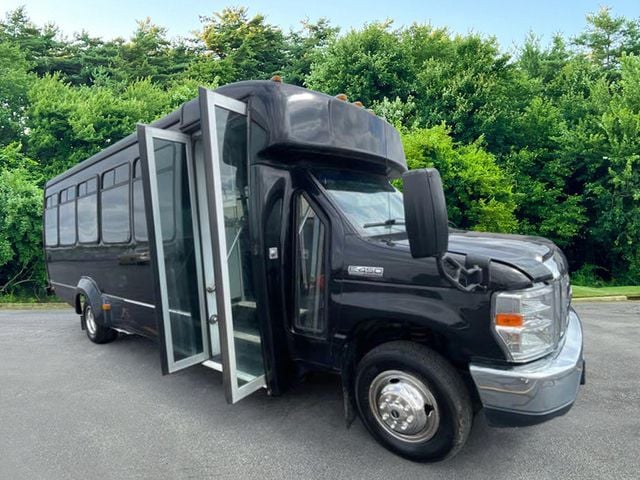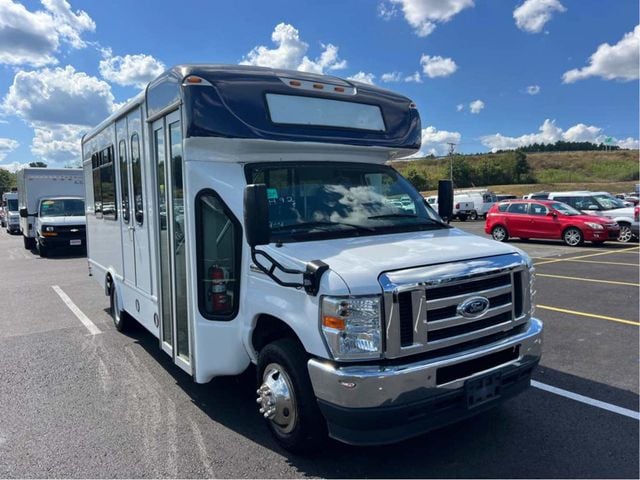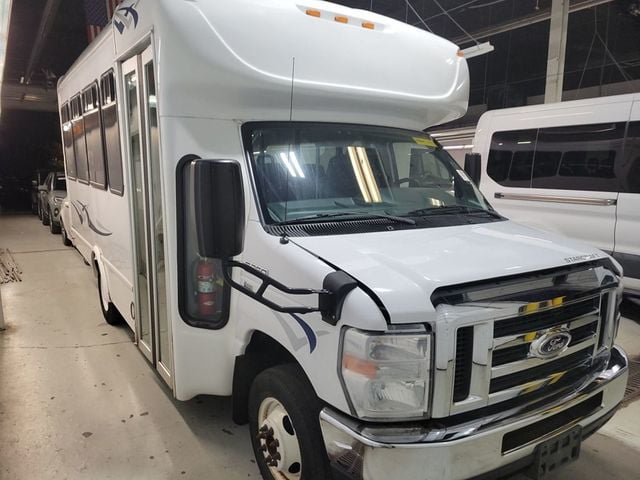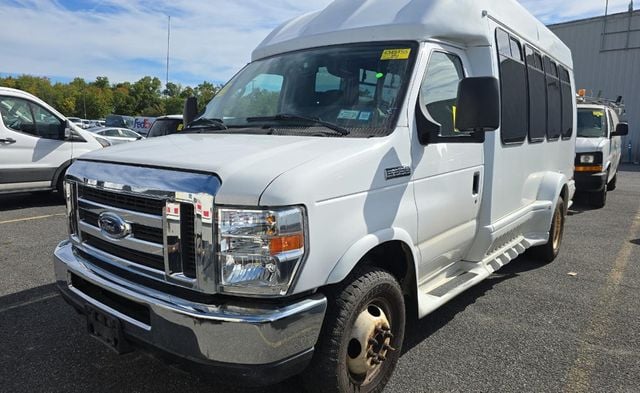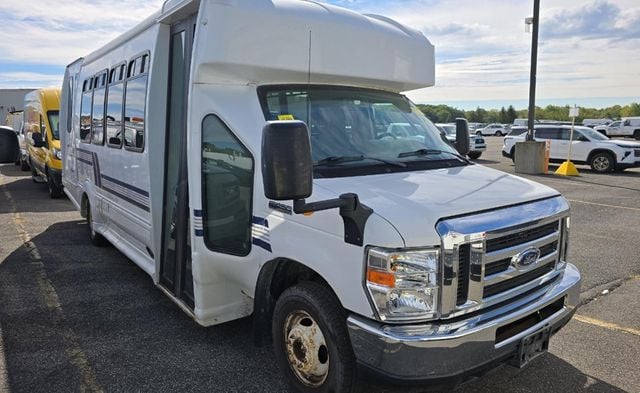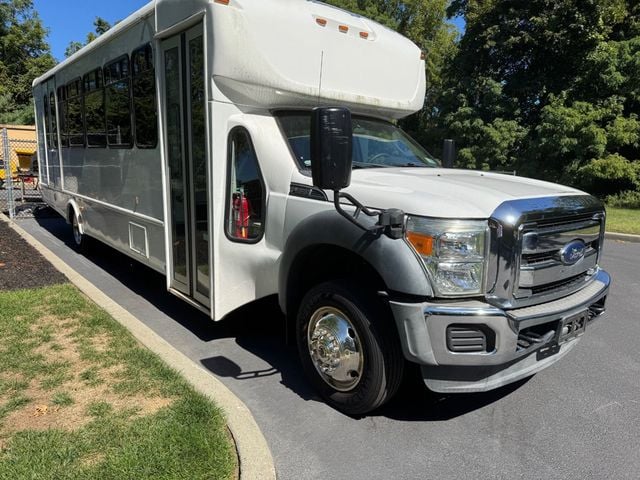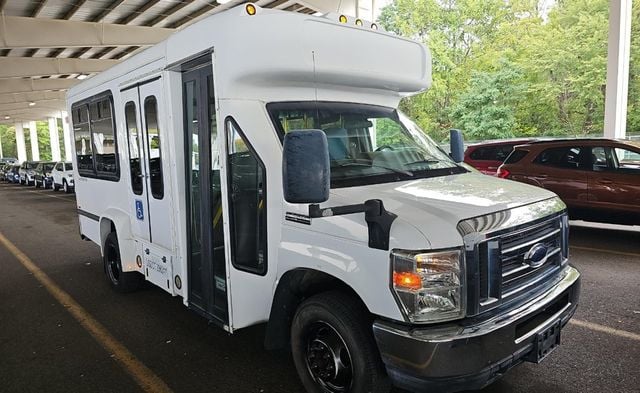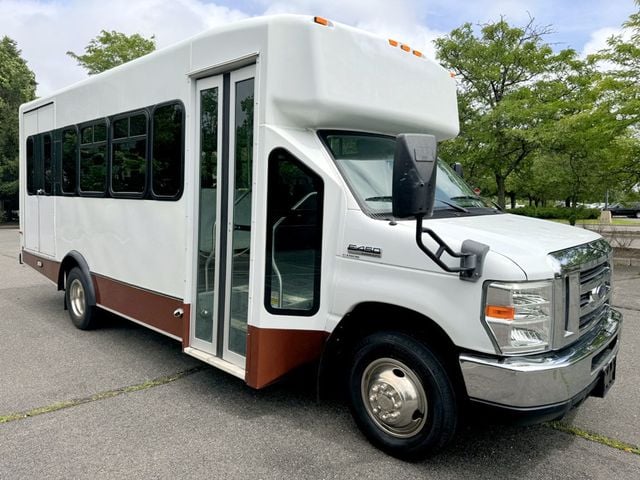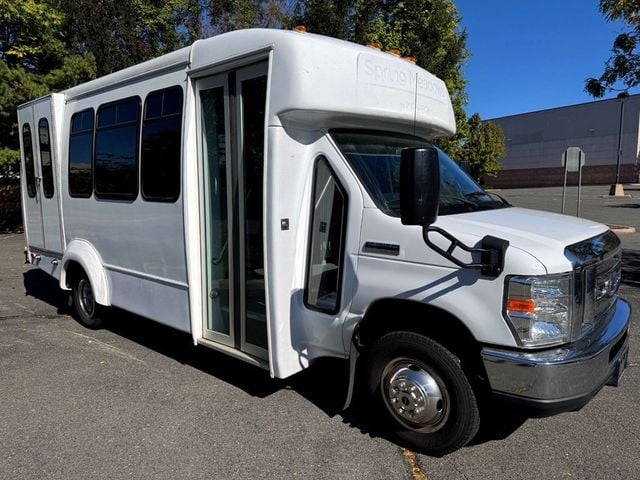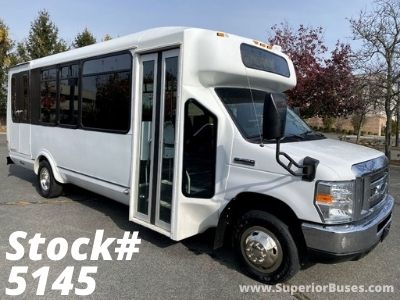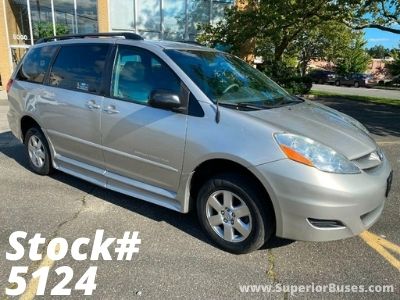Cutaway chassis are a type of commercial vehicle chassis that is manufactured without a body and most often are manufactured by Ford and Chevrolet. This makes them ideal for conversion into a variety of different types of vehicles, including shuttle buses and high-top wheelchair vans.

Here is a general overview of the process of converting a cutaway chassis into a shuttle bus or high-top wheelchair van:
1. Choose the right cutaway chassis. There are a variety of different cutaway chassis sizes and models available from different manufacturers, so it is important to choose one that is the right size and configuration for your needs. Consider the number of passengers you need to accommodate, the type of passengers you will be carrying, and the roads you will be driving on.
2. Find a reputable converter with the help of a new bus or van dealer. Once you have chosen a cutaway chassis, you will need to find a reputable builder to do the conversion. Many different companies specialize in converting cutaway chassis into shuttle buses and high-top wheelchair vans.
3. Design your vehicle. Once you have decided on a converter, you will need to work with the dealer to design your vehicle. This includes choosing the layout of the interior, the type of seating, and the features you want installed.
4. Order the vehicle. Once you have finalized the design of your vehicle, the dealer will place an order for the cutaway chassis from the body manufacturer. The manufacturer will then order and build the chassis to your specifications.
5. Convert the vehicle. Once the cutaway chassis has been delivered to the converter, they will begin the conversion process. This typically involves creating the structure of the body, and the interior of the body and installing the interior components, such as the seating, windows, and doors.
6. Factory inspection of the vehicle. Once the conversion is complete, the builder will inspect the vehicle to ensure it meets all required safety standards.
7. Delivery of the vehicle. Once the inspection is complete, the converter will deliver the vehicle to the dealer who in turn will make arrangements to deliver the completed vehicle to the customer.


Ordering process
The ordering process for a converted cutaway chassis is similar to the ordering process for any other new vehicle. You will need to work with a dealer to place your order. The dealer will then submit your order to the body builder who in turn will order the chassis from the manufacturer.
The manufacturer will then build the cutaway chassis to your specifications. This includes installing any optional features you have ordered, such as a wheelchair lift or a special seating configuration.
The conversion process typically takes several weeks to months to complete. Once the conversion is complete, the converter will deliver the vehicle to the dealer. You can then pick up your new vehicle from the dealer.
Variety of variations
Cutaway chassis can be converted into a nearly endless variety of different types of vehicles. The type of vehicle converted from a cutaway chassis depends on the customer’s needs.
Some common types of vehicles that are converted from cutaway chassis include:
* Passenger vans
* Limo buses
* Cargo vans
* Box vans
* Ambulances
* Fire trucks
* RV’s
Allocations to the factories from the bailment pools
The manufacturers of cutaway chassis allocate a certain number of chassis to each converter monthly. This allocation is based on the converter’s sales history and their ability to convert the chassis into vehicles.
The bailment pool is a system that allows converters to borrow chassis from the manufacturer to meet demand. This is especially helpful during periods of high demand, such as the summer months.

Time required from initial purchase from dealers to the delivery to customers
The time required from the initial purchase from dealers to the delivery to customers varies depending on the type of vehicle being converted and the availability of the chassis.
Generally speaking, it can take anywhere from 4 weeks to almost a year to receive a converted cutaway chassis.
Conclusion
Converting a cutaway chassis into a shuttle bus or high-top wheelchair van is a complex process, but it is a great way to get a vehicle that is customized to your specific needs.
If you are considering purchasing a shuttle bus or van on a cutaway chassis, be sure to do your research and choose a reputable dealer and converter.
Visit our website at www.SuperiorBuses.com and call the owner Charles Kaufman at (516)-692-1111 today!
Follow Us On Our Social Media: Facebook | Twitter | Instagram | YouTube

